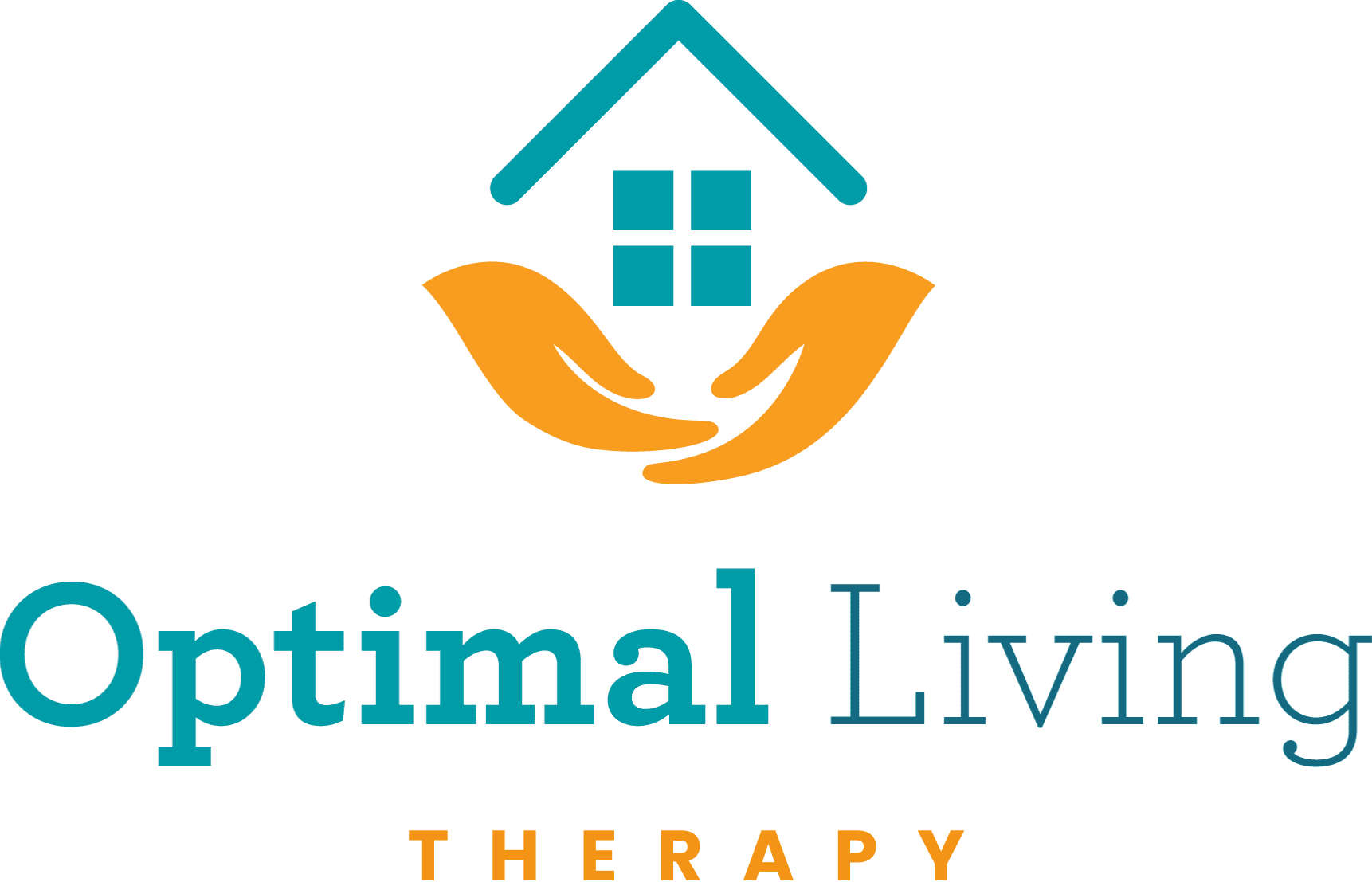When someone experiences a brain injury, the journey ahead can feel overwhelming, not just for the person affected, but also for their family and support network. At Optimal Living Therapy, we work with adults living with acquired brain injury (ABI) to build confidence, improve daily functioning, and support long-term recovery within the community.
But first- what is an acquired brain injury, and how is it different from a traumatic brain injury?
ABI vs TBI: What’s the difference?
An acquired brain injury (ABI) refers to any injury to the brain that occurs after birth. It includes a broad range of causes, such as stroke, brain tumours, infections like encephalitis, or a lack of oxygen to the brain.
A traumatic brain injury (TBI), on the other hand, is a type of ABI caused by an external force, such as a fall, motor vehicle accident, or assault.
While the terms ABI and TBI are sometimes used interchangeably, it’s helpful to understand that TBI is a specific subset of ABI. Regardless of the cause, brain injuries can have significant impacts on thinking, behaviour, emotions, movement, and day-to-day functioning.
Occupational therapy in community-based brain injury rehab
People often associate brain injury rehab with hospital settings, but by the time someone is accessing our services, they’re usually well beyond that early stage.
At OLT, we support adults who are living with the longer-term effects of brain injury. This might be in the subacute phase (once hospital rehab is complete) or years down the track, when someone needs help to adjust to life changes, return to meaningful roles, or regain confidence in daily tasks.
Occupational therapists play a key role in this kind of rehabilitation. We focus on what’s most important to the person, whether that’s managing fatigue, relearning everyday tasks, building routines, returning to work or volunteering, or improving independence at home or in the community.
Every brain is different. So is every OT plan.
There’s no one-size-fits-all approach when it comes to ABI rehabilitation. The effects of a brain injury can vary widely depending on the area of the brain affected, the severity of the injury, and the person’s life roles and goals.
OTs use both restorative and compensatory strategies in ABI rehab:
- Restorative strategies aim to rebuild or ‘restore’ skills that have been affected, like memory, problem solving, or fine motor control.
- Compensatory strategies focus on working around challenges with a range of strategies such as using assistive technology, modifying the environment, or developing new routines to support independence.
Supporting real-life outcomes
At OLT, we don’t just look at a person’s diagnosis, we look at the whole picture. Our occupational therapists work closely with clients, families, and support coordinators to create therapy plans that are realistic, empowering, and focused on real-life outcomes.
If you’re supporting someone with an ABI and would like to learn more about OT under ICWA or the NDIS, get in touch. We’re here to help. Find out more about our NDIS Capacity Building Rehabilitation Services or get in contact with our team today!










